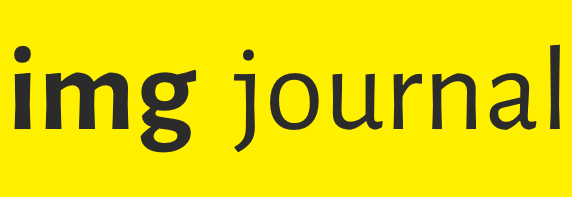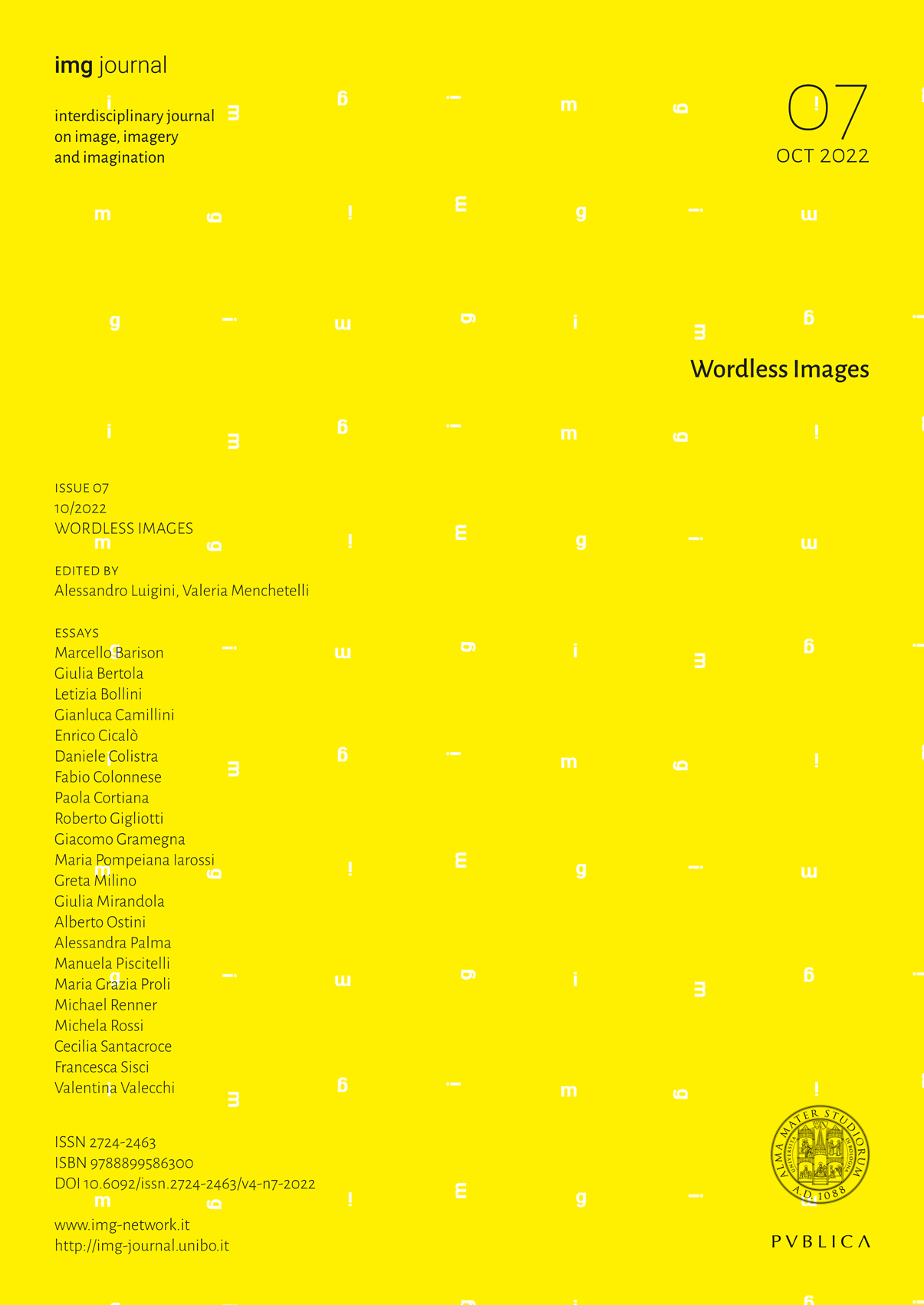Images vs Words: a Study for a Visual Rhetoric
DOI:
https://doi.org/10.6092/issn.2724-2463/15285Keywords:
visual communication, graphics, visual languages, rhetorical figures, visual rhetoricAbstract
The universality of figurative arts underlines the expressive potential of images, while ideograms document the origin of writing in drawing, demonstrating its ability to configure itself as a language through the development of recognizable codes. The relationship between word and image results from the common ability to conform in language thanks to their complementary roles: the precision of words and the immediacy of images. Advertising was the first to apply the communicative effectiveness of images, deepening their study with reference to the articulations of words. Verbo-visual rhetoric underlines the common intent to make the message convincing through recognizable structures such as coded figures. The parallel between rhetoric, art and technique of verbal language, and the construction of images goes beyond advertising, but this represents the starting point in finding new applications for this powerful union. The effectiveness of images is the reason for the growing importance of visual communication in digital media, made accessible precisely by the development and adoption of intuitive graphic interfaces, which encourages the development of a new visual rhetoric. This study collects the first results of an experimentation conducted in the didactic field, aimed at verifying the possibility and modalities of the visual transposition of rhetorical figures, overcoming the need for textual elements.
Downloads
Published
How to Cite
Issue
Section
License
Copyright (c) 2022 Michela Rossi, Greta Milino

This work is licensed under a Creative Commons Attribution 4.0 International License.





